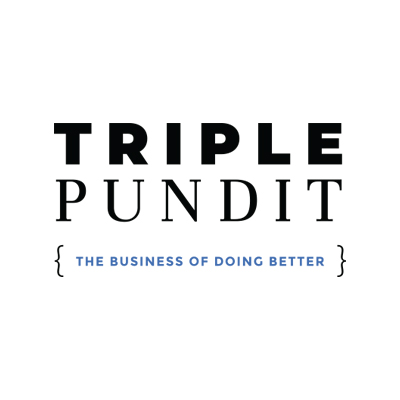
This article is sponsored by P&G
As shoppers continue to gravitate toward more sustainable products, consumer goods companies are challenged to develop new innovations that answer the call — and to hone the ways in which they communicate with consumers about what makes a product sustainable.
While interest in sustainable product alternatives is on the rise across the board, studies show consumers are beginning to tire of generic “green” marketing and instead look for particular product attributes that align with their values and help them live more sustainable lives without sacrificing the need for the product to deliver quality performance.
Life cycle assessments, or LCAs, can be a valuable tool for consumer companies as they look to respond to consumers’ sustainability expectations. A tried and tested exercise that has been around since the 1990s, LCAs are used to assess the environmental impact of a product at every stage of its life — from raw materials sourcing through processing, manufacturing, distribution, use, and disposal.
“A life cycle assessment is a science-based approach that gives companies a holistic way to examine the total environmental impact of all these steps in the process — and the relative impact of each step,” said Terry Hare, senior director of research development for Procter & Gamble’s Dish Care.
Given the booming interest in product sustainability, consumer goods companies are finding new value in LCAs to not only analyze how their products impact the planet and identify ways to cut that impact down to size with product innovation, but also how to best share these opportunities to reduce impact with its consumers.
P&G leverages a carbon emissions-based LCA to evaluate its products. With dish soaps and detergents like Dawn and Cascade, P&G’s LCA found that up to 80 percent or more of the carbon emissions associated with dish care products like Dawn and Cascade come from the consumer use phase. But that doesn’t mean the company has no role in reducing those impacts. By better understanding consumer behavior, the company can design products that promote more sustainable habits, while also identifying ways to reduce its share of total product footprint, Hare said.
Leveraging LCAs to solve problems for consumers (and the environment)
“We are seeing consumers continuing more and more to want to do the right thing when it comes to sustainability and make smart choices when it comes to caring for the planet,” Hare told us. “We’re also seeing a general frustration in figuring out what that right thing is.”
For example, studies show that washing dishes by hand with the faucet running has the greatest environmental impact in terms of wasted water and energy, but many Americans still leave the tap running as they go through this daily chore on autopilot. It’s certainly understandable — most of us have enough going on — but the U.S. Environmental Protection Agency estimates that each of us can save up to 10 gallons of water per load of dishes, and enough energy to power a 60-watt light bulb for 18 hours, simply by shutting off the tap.
Consumer goods companies have a role to play in promoting better habits like these through product design and innovation, Hare said. For example, P&G has designed a new Dawn dish care product (Dawn Powerwash Dish Spray) with the explicit goal of cutting water and energy use on the consumer side, including a spray-activated sudsing soap that essentially eliminates the need for water until it’s time to rinse a load of dishes. “We inherently built that in from the beginning of the design,” Hare explained.
At the same time, if a company like P&G plans to promote a product as enabling a more sustainable lifestyle, it must also do its part to make sure the other parts of that product’s life cycle — from materials to manufacturing and packaging — also have less impact when compared to other options on the store shelf.
For its part, P&G reports that it increased the use of recycled plastic in product packaging by 32 percent during the last fiscal year and purchased 98 percent renewable energy for all company-owned facilities, among other efforts to boost sustainability in manufacturing.
“Follow where the science takes you”
As more companies in the consumer goods segment and other sectors look to leverage LCAs to improve product sustainability, Hare advises business leaders to “go into these types of assessments with an open mind and be ready to follow where the science takes you.”
“You may discover that a space that you were putting a lot of your resources, time, and energy into may be a small piece of the pie”,” she explained. “So be open to shifting your mindset and going after things that maybe were counterintuitive to you at the start. If the science is telling you ‘this is where you can have an impact,’ be willing to explore that and explore what's possible.”
This article is sponsored by P&G
Image courtesy of P&G

TriplePundit editors offer news and insights on sustainable business.














